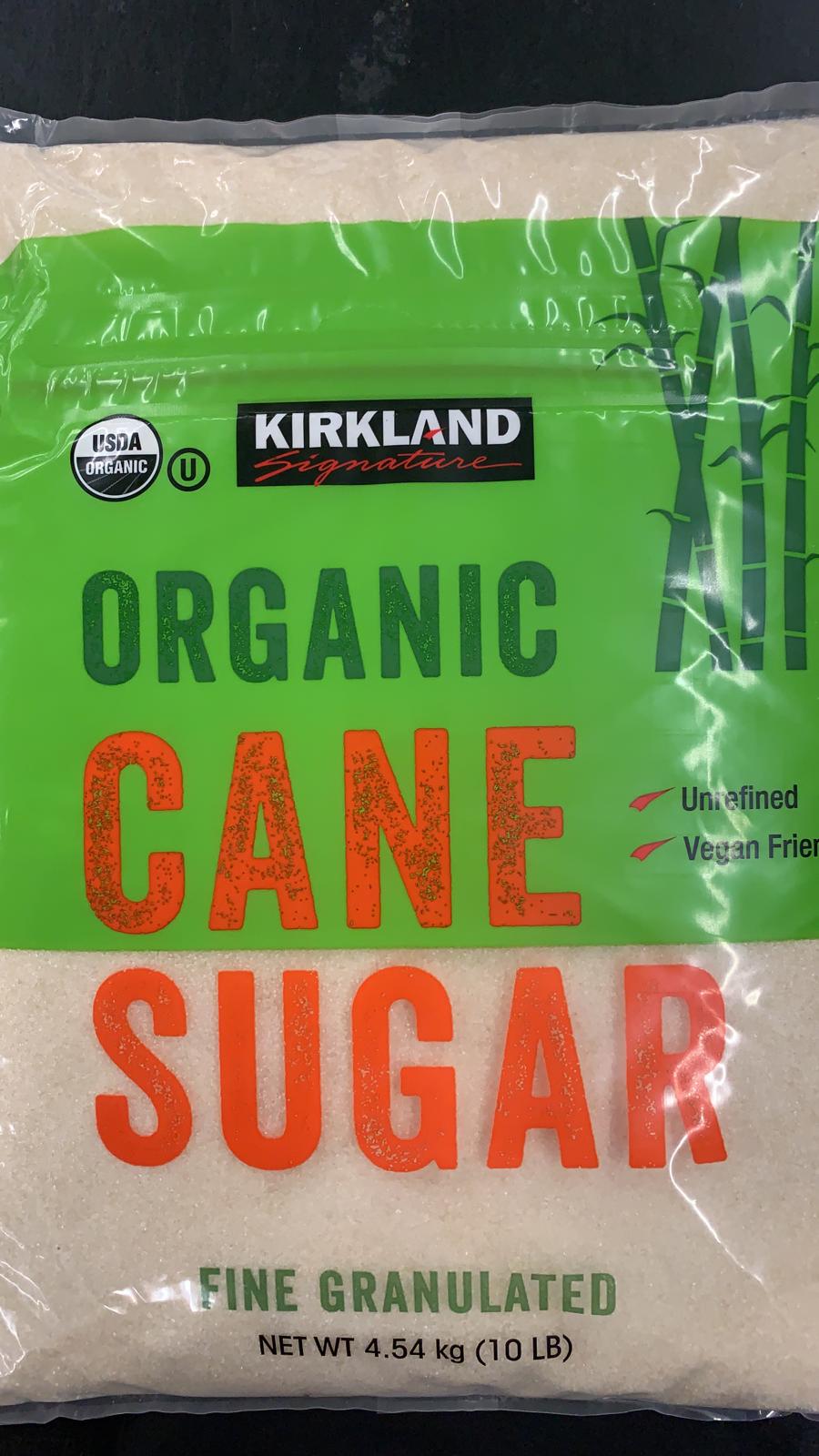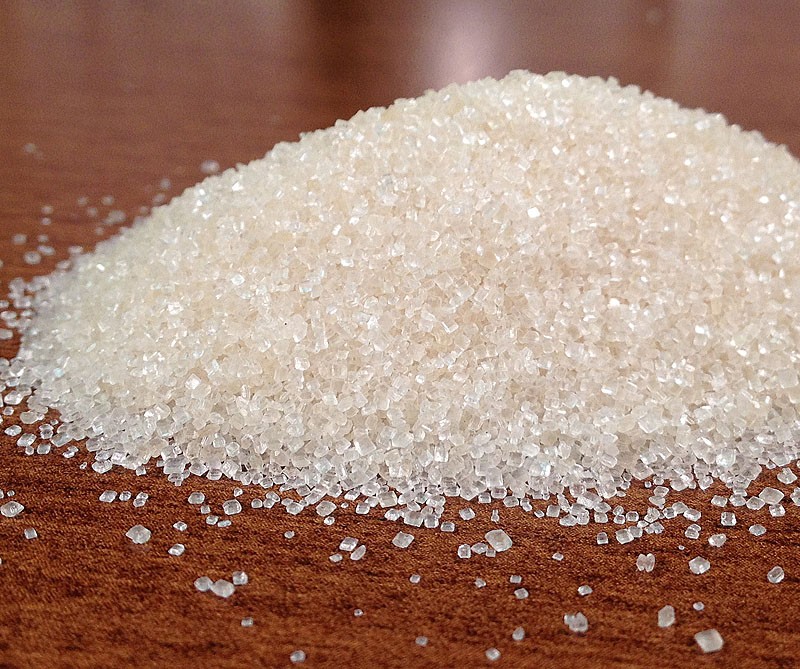The Scientific Research Behind Cane Sugar Processing: How Sweetness is Fine-tuned
The Scientific Research Behind Cane Sugar Processing: How Sweetness is Fine-tuned
Blog Article
An In-Depth Guide to the Environmental Impact and Sustainability Practices in Walking Stick Sugar Processing
The environmental influence of walking stick sugar handling offers a complicated array of difficulties that warrant careful evaluation. From soil degradation and excessive water use to the carbon footprint related to farming and production, the consequences of traditional methods are significant. On the other hand, the adoption of innovative sustainability measures supplies a path toward much more accountable production techniques. Comprehending the interaction between these issues is critical for stakeholders in the sector. What particular practices can be applied to strike a balance in between performance and ecological stewardship? The responses hinge on a better check out both the challenges and possible solutions.
Overview of Cane Sugar Handling
Walking stick sugar processing entails a collection of organized actions that transform sugarcane into polished sugar. Initially, collected sugarcane is carried to refining facilities, where it goes through cleaning to get rid of dirt and particles. Following this, the walking stick is crushed to extract juice, which is then cleared up by getting rid of pollutants via home heating and the enhancement of lime.
The made clear juice goes through dissipation, where water is gotten rid of to concentrate the sugar content. These crystals are separated from the remaining syrup utilizing centrifugation, resulting in raw sugar.
The last product is after that dried out and packaged for circulation. Throughout this entire process, preserving performance and quality assurance is vital to make sure the sugar fulfills industry requirements. Each step in walking stick sugar handling not just adds to the last item yet likewise has effects for source use and waste generation, setting the stage for discussions on sustainability and environmental impacts linked with sugar manufacturing.
Ecological Obstacles of Manufacturing
The production of walking stick sugar presents several substantial environmental challenges that warrant attention. One main worry is the comprehensive usage of agrochemicals, consisting of pesticides and plant foods, which can cause dirt deterioration, biodiversity loss, and contamination of neighborhood water resources. The drainage from sugarcane areas commonly brings these chemicals into nearby ecosystems, interfering with water life and impacting the health and wellness of communities reliant on these water bodies.
An additional difficulty is the high energy consumption connected with sugarcane processing. The boiling and refining phases need significant warmth, mainly created by melting fossil fuels, adding to greenhouse gas discharges. Additionally, the expansive land area needed for sugarcane growing can cause deforestation and environment devastation, additional aggravating environment adjustment and harmful wild animals.
Moreover, the labor techniques in some regions elevate moral concerns, as employees may encounter poor working problems and inadequate earnings. This situation usually continues a cycle of hardship in local communities. Cane Sugar Processing. Addressing these ecological challenges is crucial for establishing much more sustainable methods in walking stick sugar manufacturing, eventually profiting both the environment and the areas associated with this industry
Water and Land Usage Influence
Water sources and land use are crucial elements in the walking stick sugar market that significantly impact the setting. The growing of sugarcane calls for substantial water input, with price quotes recommending that my site it can take in as much as 2,000 litres of water per kg of sugar generated. This intensive use of water usually causes deficiency of local water sources, impacting not only the sugarcane haciendas yet also bordering ecosystems and areas that rely upon the same water sources for agriculture and domestic find use.

In addition, land usage for sugarcane growing can bring about deforestation and the conversion of all-natural habitats right into monoculture vineyards. This technique reduces biodiversity, interrupts neighborhood communities, and adds to soil deterioration. The development of sugarcane fields usually trespasses on valuable agricultural land, producing competitors for resources between food and biofuel manufacturing.
Lasting methods, such as enhancing irrigation strategies and implementing crop turning, are important to minimize these effects. By embracing extra effective water use and land management approaches, the cane sugar industry can decrease its ecological impact, making sure an equilibrium between agricultural efficiency and ecological conservation.
Greenhouse Gas Emissions
Greenhouse gas emissions stand for a considerable environmental worry within the cane sugar handling sector, particularly as farming methods expand to satisfy international demand. The cultivation of sugarcane, a plant that grows in tropical environments, relies greatly on synthetic fertilizers and chemicals, which contribute to nitrous oxide exhausts. Furthermore, land-use changes, consisting of logging for new sugarcane vineyards, launch co2 stored in vegetation and soil.
Throughout handling, energy usage is one more significant resource of greenhouse gas exhausts - Cane Sugar Processing. Numerous sugar mills utilize nonrenewable fuel sources to power equipment and create warm, causing substantial carbon impacts. Furthermore, the transport of raw sugarcane and completed products includes layers of exhausts with gas combustion in automobiles
This includes examining existing farming methods, processing techniques, and transport systems to determine locations for enhancement and mitigation. Addressing greenhouse gas emissions is important for promoting a more sustainable walking cane sugar market in a transforming environment.

Lasting Practices and Innovations
Sustainable practices and innovations are progressively crucial in the walking stick sugar handling industry as stakeholders look for to reduce ecological impacts while preserving efficiency. One substantial advancement is the implementation of incorporated plant monitoring, which maximizes resource my latest blog post use by integrating soil monitoring, pest control, and plant turning strategies. This approach enhances return while minimizing chemical inputs and maintaining soil wellness.
Furthermore, the fostering of sustainable power sources, such as biomass from sugarcane deposits, has actually gained traction - Cane Sugar Processing. By converting waste products into energy, processing centers can minimize their dependence on fossil fuels, thus decreasing greenhouse gas emissions
Water monitoring techniques have additionally seen improvements via the recycling and reusing of water in processing plants, considerably decreasing freshwater intake. Technologies in modern technology, such as precision farming, make it possible for farmers to check crop health and wellness and source use better, making certain lasting cultivation techniques.
In addition, accreditation programs like Fair Profession and Rainforest Partnership urge environmentally liable farming practices and advertise social equity within the supply chain. By welcoming these sustainable methods and developments, the cane sugar processing industry can improve its strength and contribute favorably to ecological stewardship.
Verdict
The ecological impact of walking cane sugar processing provides significant difficulties, consisting of dirt destruction, high water usage, and greenhouse gas exhausts, together with ethical worries connected to labor techniques. Dealing with these problems with sustainable techniques, such as integrated crop management, eco-friendly energy fostering, and water recycling, is essential. By promoting eco accountable and socially equitable methods in sugar manufacturing, the sector can minimize its negative results, ensuring an extra sustainable future for both communities and ecosystems included in this industry.
Walking stick sugar processing entails a series of methodical steps that change sugarcane into refined sugar. Each step in cane sugar processing not just adds to the final item but also has effects for resource use and waste generation, setting the phase for conversations on sustainability and ecological influences associated with sugar manufacturing.
Greenhouse gas emissions stand for a considerable environmental concern within the walking stick sugar processing industry, specifically as agricultural techniques increase to fulfill international need.Lasting techniques and advancements are progressively vital in the walking cane sugar handling market as stakeholders look for to lower environmental effects while preserving performance.The environmental influence of cane sugar processing offers substantial obstacles, consisting of dirt destruction, high water consumption, and greenhouse gas emissions, together with honest concerns associated to labor methods.
Report this page